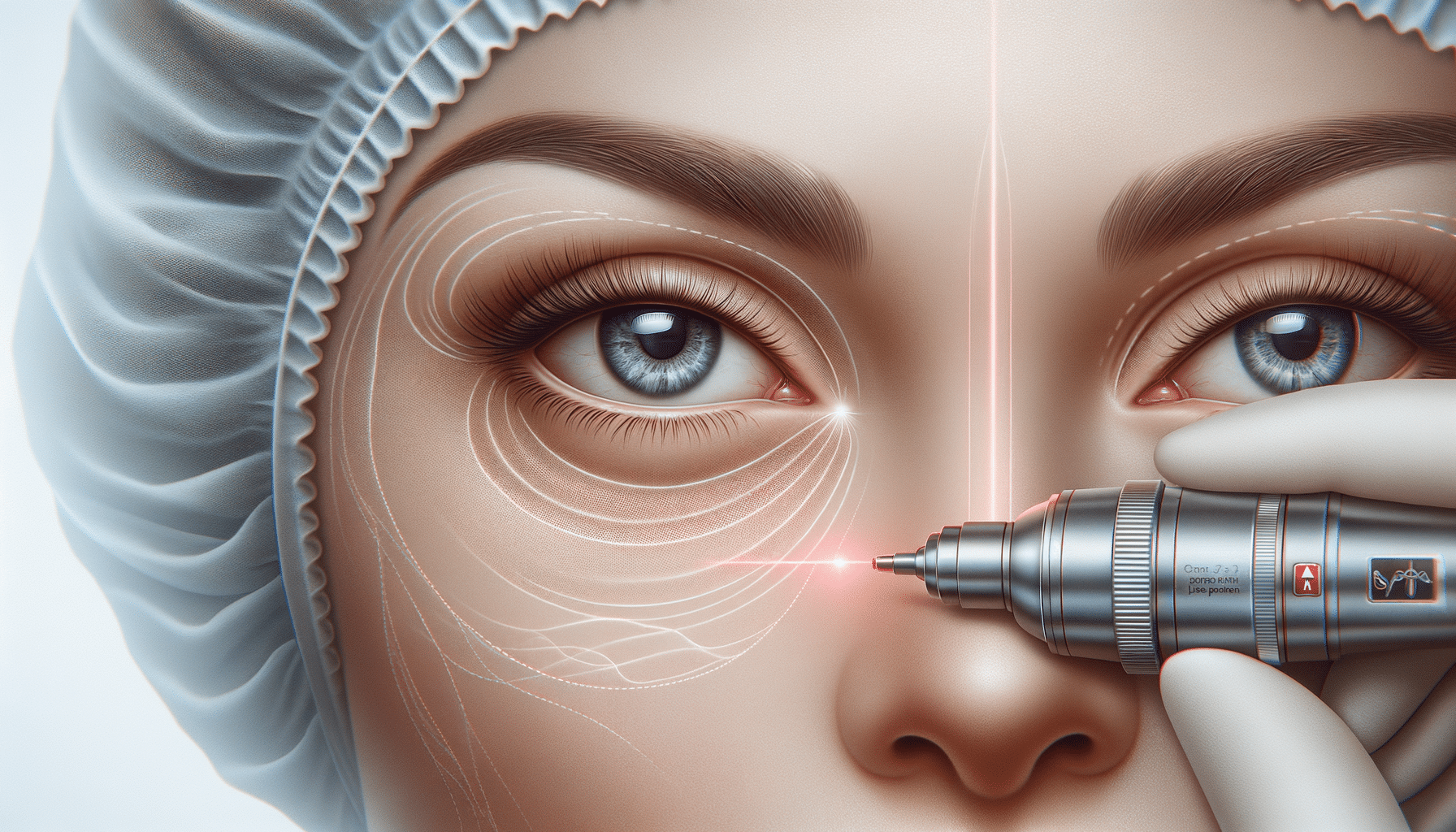
Unveiling Laser Eye Bag Surgery: A Comprehensive Guide to a Brighter Look
Introduction to Laser Eye Bag Surgery
In the quest for a youthful appearance, many individuals are turning to cosmetic procedures that promise to rejuvenate tired eyes. Among these, laser eye bag surgery has emerged as a popular choice. This procedure offers a minimally invasive solution for those looking to reduce the appearance of under-eye bags and achieve a brighter, more refreshed look. Understanding the nuances of this surgery can help potential candidates make informed decisions.
Laser eye bag surgery, also known as laser blepharoplasty, utilizes laser technology to remove or reposition excess fat and skin around the eyes. This technique is favored for its precision and reduced recovery time compared to traditional methods. As we delve deeper into the specifics of the procedure, its benefits, risks, and post-operative care, you’ll gain a comprehensive understanding of how it can transform your appearance.
The Procedure Explained
Laser eye bag surgery is performed by a qualified surgeon who uses a laser to make incisions along the natural creases of the eyelids. This approach minimizes visible scarring and allows for precise removal or repositioning of fat deposits. The laser also helps in sealing blood vessels, reducing bleeding and swelling during the operation.
Typically, the procedure is carried out under local anesthesia, ensuring the patient remains comfortable throughout. Depending on the complexity, the surgery can last from one to two hours. The laser’s precision allows for targeted treatment, making it an appealing option for those seeking subtle yet effective results.
After the surgery, patients are advised to follow specific care instructions to facilitate healing. These may include using prescribed ointments, avoiding strenuous activities, and attending follow-up appointments to monitor progress. Understanding these aspects is crucial for achieving optimal results and maintaining eye health post-surgery.
Benefits of Laser Eye Bag Surgery
One of the primary advantages of laser eye bag surgery is its minimally invasive nature. The use of lasers reduces tissue trauma, leading to quicker recovery times and less post-operative discomfort. Patients often experience a significant reduction in swelling and bruising compared to traditional methods.
Moreover, the precision of laser technology allows for more controlled and accurate results. This means that patients can achieve a natural look, avoiding the “overdone” appearance sometimes associated with cosmetic procedures. Additionally, the surgery can improve peripheral vision in cases where sagging skin impairs sight.
Beyond aesthetic enhancements, many individuals report a boost in self-confidence following the procedure. The eyes are a focal point of the face, and rejuvenating them can create a more youthful and energetic appearance, positively impacting personal and professional interactions.
Risks and Considerations
While laser eye bag surgery offers numerous benefits, it is not without risks. Potential complications include infection, scarring, and changes in skin sensation. It’s crucial for candidates to discuss these risks with their surgeon during the consultation phase to ensure they are fully informed.
Not everyone is an ideal candidate for this procedure. Factors such as skin type, age, and overall health can influence the surgery’s success and safety. A thorough pre-operative assessment by a qualified professional can help determine suitability.
Additionally, patients should have realistic expectations about the outcomes. While the procedure can significantly enhance appearance, it may not completely eliminate all signs of aging. Understanding these limitations is essential for patient satisfaction.
Post-Operative Care and Recovery
Proper post-operative care is vital for achieving the best results from laser eye bag surgery. Patients are typically advised to rest and keep their head elevated to reduce swelling. Cold compresses can also be applied to alleviate discomfort and minimize bruising.
It’s important to follow the surgeon’s instructions regarding medication and activity restrictions. Avoiding activities that strain the eyes, such as reading or screen time, can aid in a smoother recovery process. Most patients can return to normal activities within one to two weeks, depending on individual healing rates.
Regular follow-up appointments are crucial to monitor healing and address any concerns. These visits allow the surgeon to assess the outcome and ensure that recovery is progressing as expected. With proper care and attention, patients can enjoy the full benefits of their enhanced appearance.


